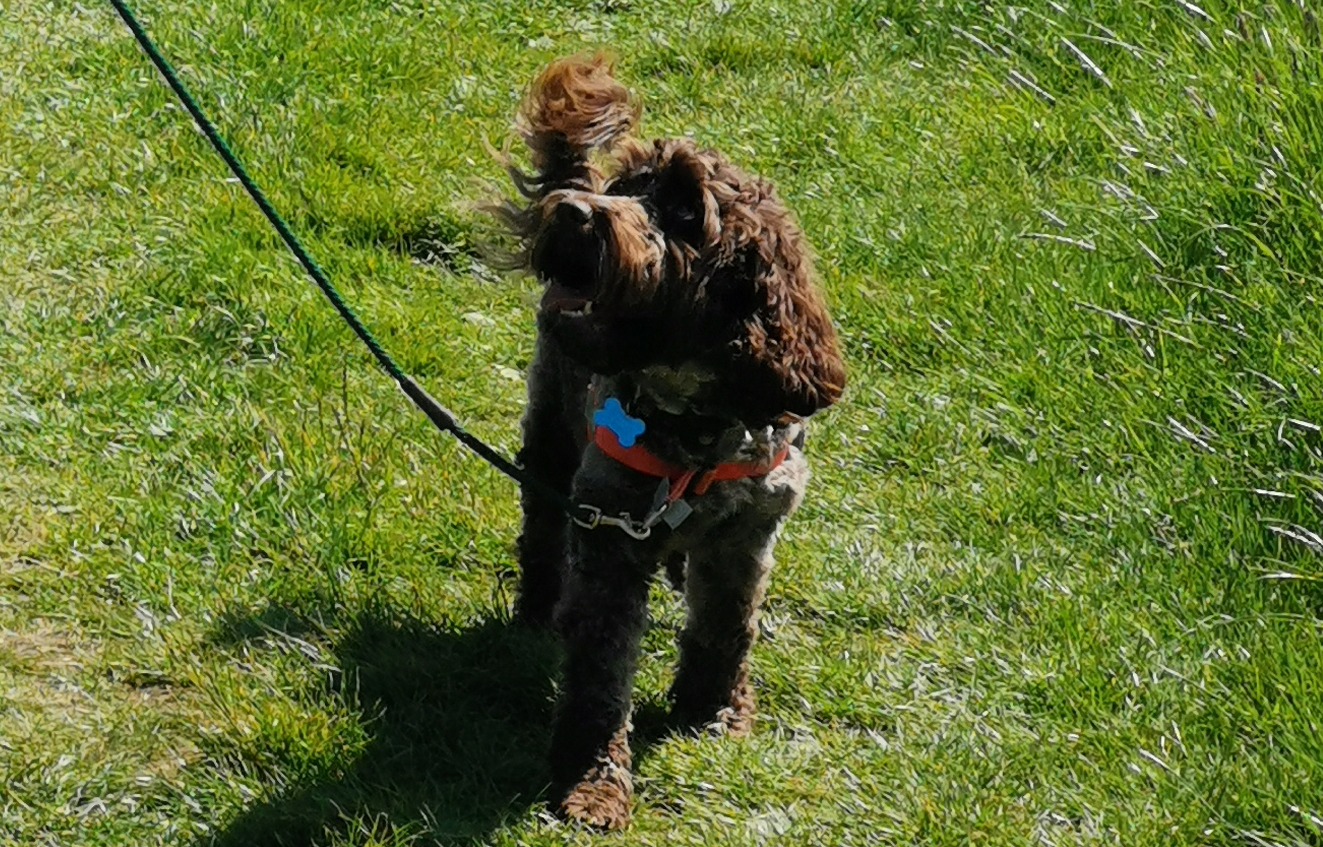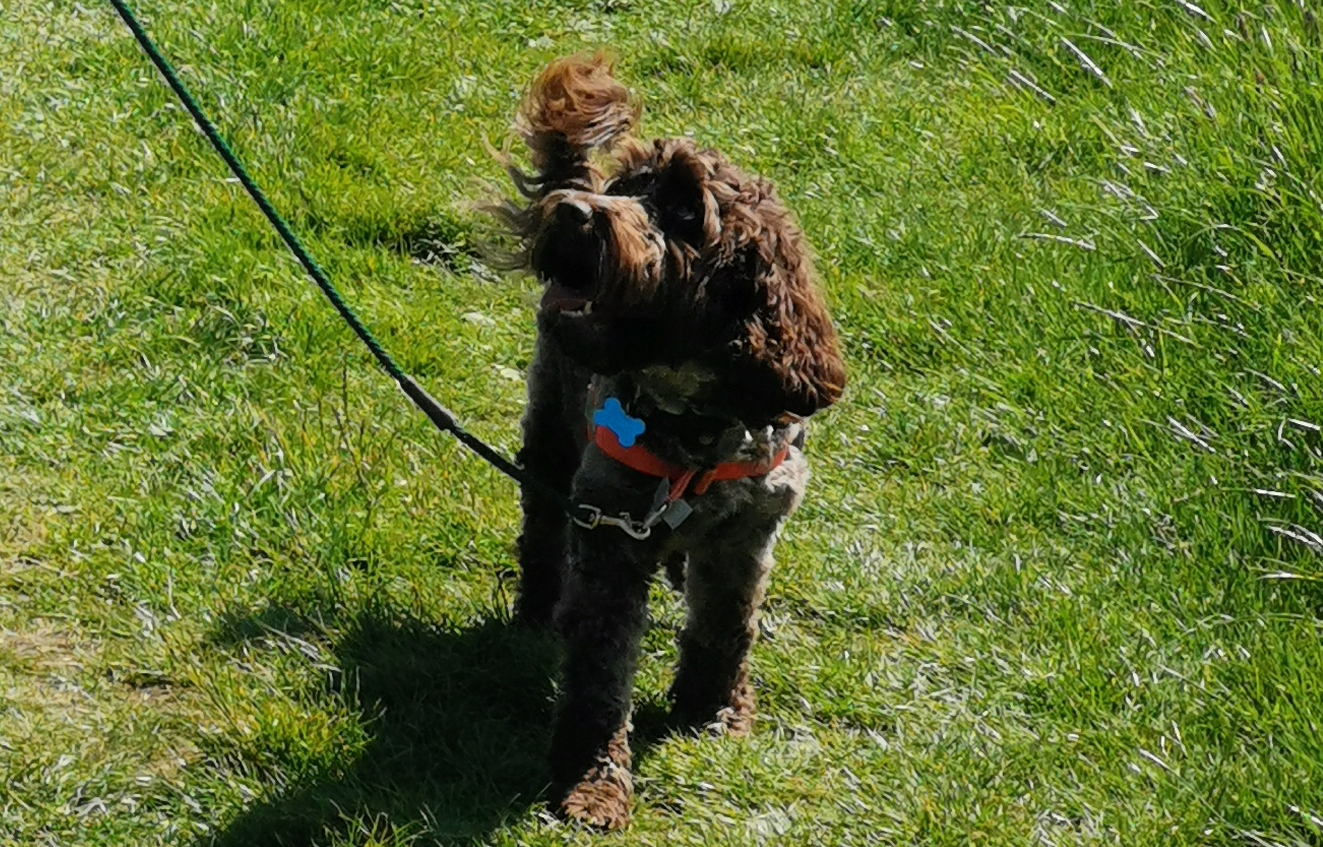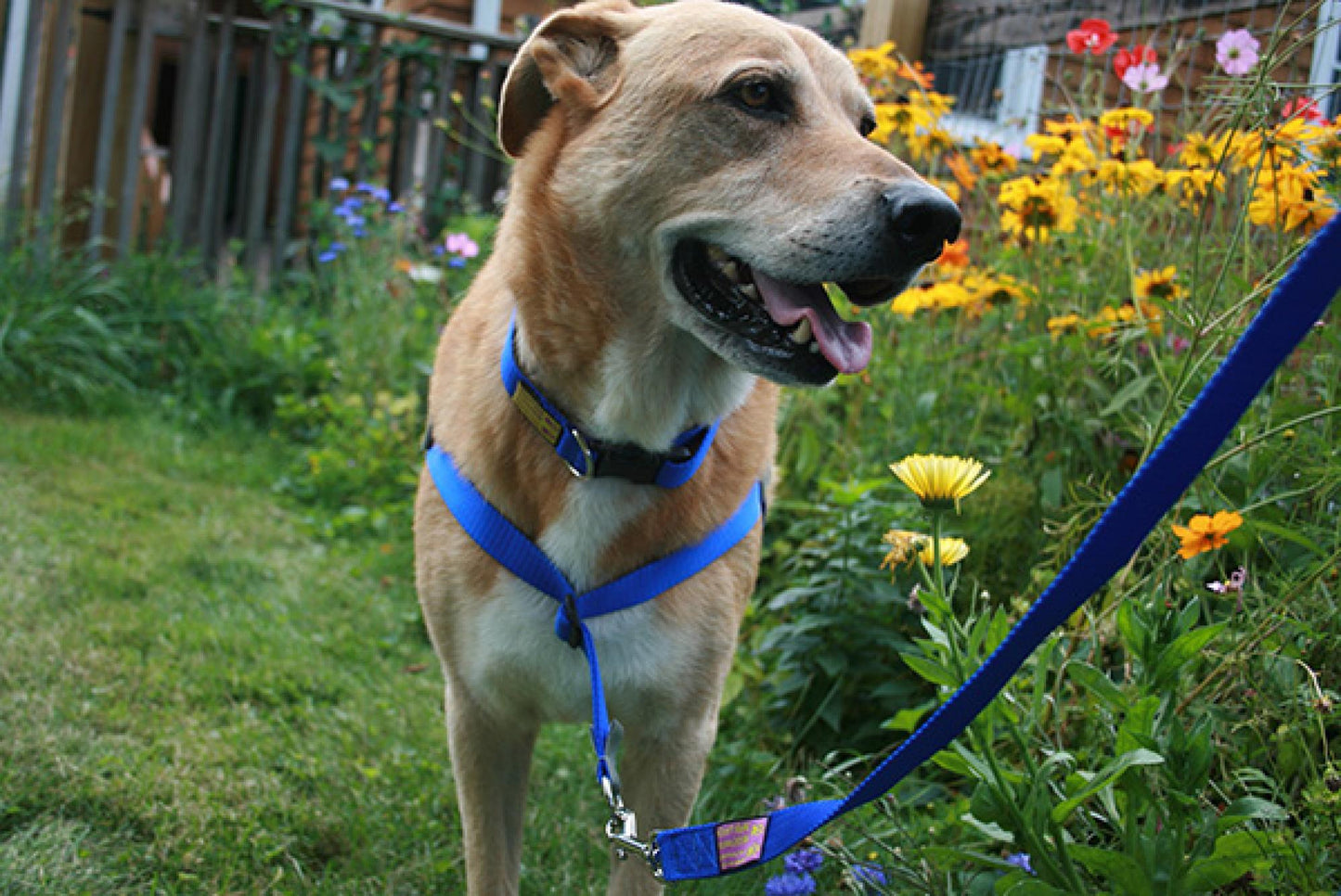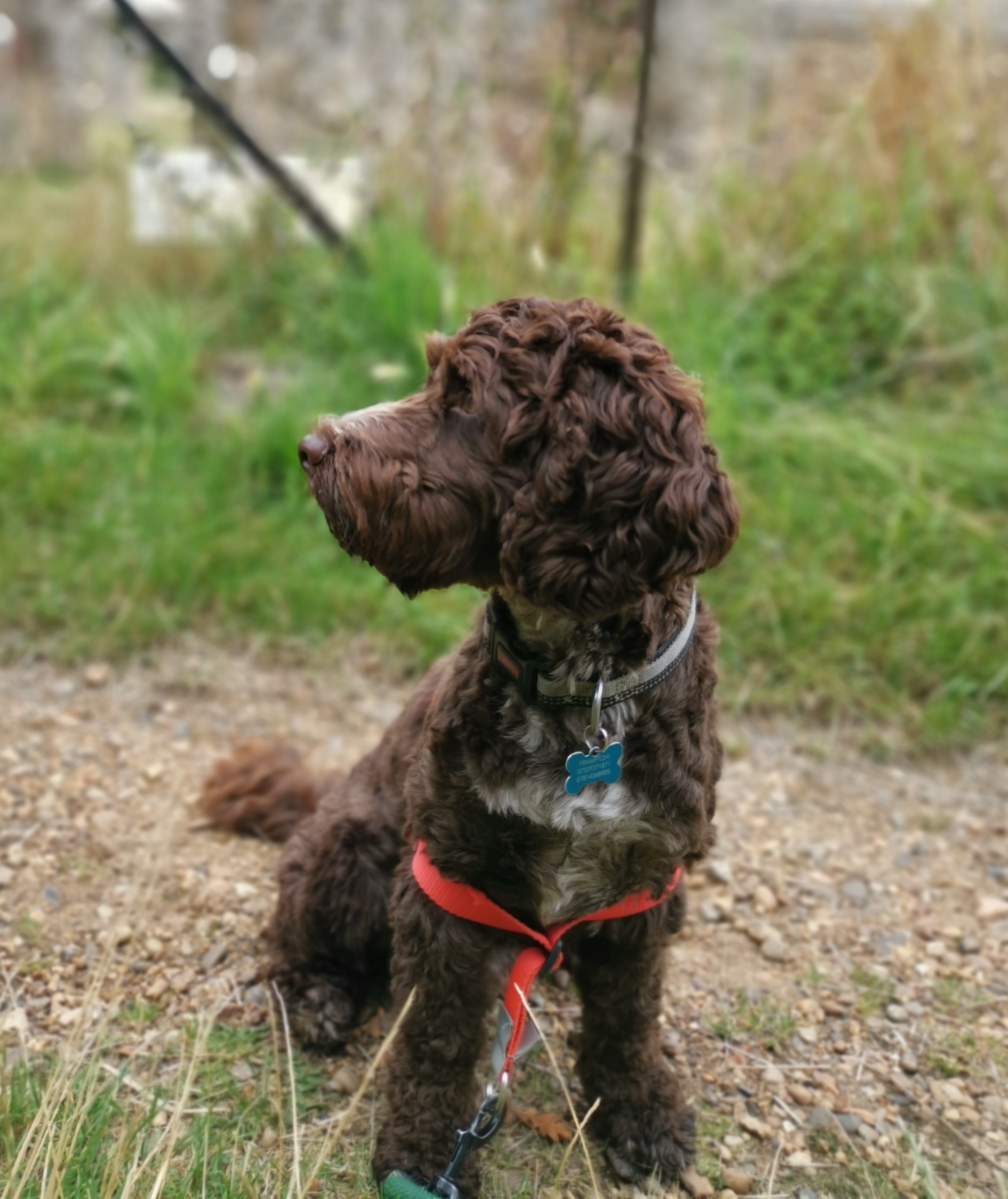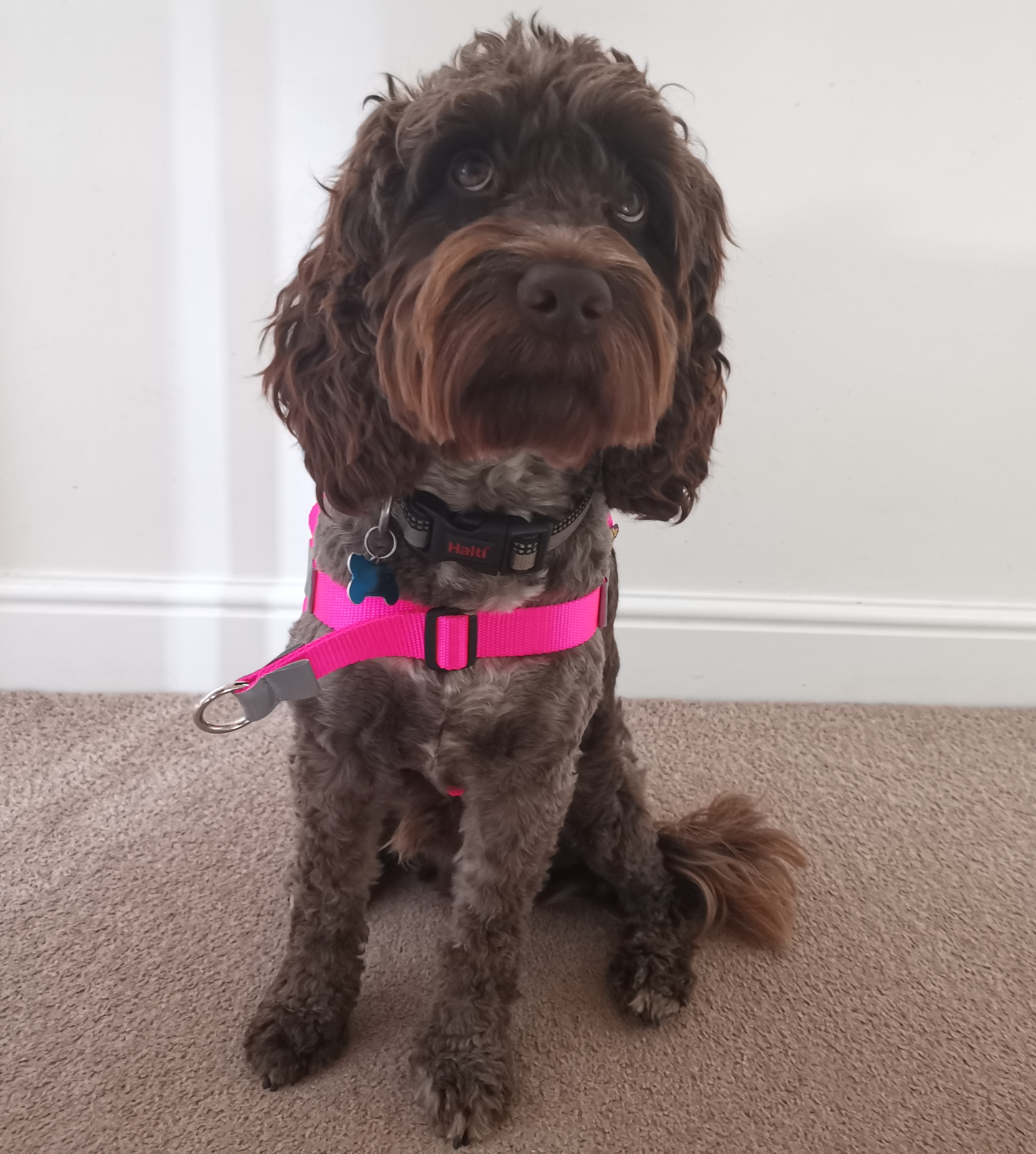With your standard training underway we hope you can now walk your dog with love around the neighbourhood with minimal, to no, pulling on the harness! What's the next step...running your dog with love!
Many runners often wonder if they can bring their dogs on runs and, if so, how to introduce their dog to running. Running with your dog has numerous physical and mental health benefits for both you and your dog. Running can benefit your dog's health in addition to assisting with weight loss. The new sights, sounds, and smells they encounter while running, as well as the change of scenery, all contribute to mental enrichment and stimulation, reducing anxiety and alleviating boredom.
It can also be a positive outlet for dogs who exhibit destructive behaviour, ensuring that they tear about the countryside rather than your favourite pillow. Six things to consider before running with your dog:
1. Check you dog is suitable for running
The first thing to consider is the breed of your dog. Some breeds, such as huskies, gundogs, dalmatians, golden retrievers, and collies, make excellent long-distance companions, while others do not. Greyhounds and salukis may appear to be ideal running companions, but as the sprinters of the dog world, they are actually better suited to shorter distances. Unfortunately, brachycephalic (short-nosed) breeds such as pugs, Frenchies, and shih tzus should avoid running altogether, especially in hot weather.
Second, take into account your dog's age and overall health. Although you may want to encourage your bouncy new family member to burn off some energy, running with puppies is not recommended because the growth plate at the end of their bones is still growing, making them more prone to injury. Running may also be inappropriate for dogs who have joint problems. If you want to get your dog running to help it lose weight, but it has these issues, it's worth double-checking with your vet first, or starting with something gentler on their joints.
2. Don't run your dog too hard
Taking your pet with you may not be the best idea if you're aiming for the fastest time. Remember to pick up after them, and dogs like to stop and sniff a lot on walks, which can be annoying if you're in a hurry, especially if they're on a lead. You must be willing to stop if necessary. Instead, consider running with your dog to be a healthy, enjoyable hobby that you can do together on your own time.
3. Begin slowly
If you want to start running with your dog, don't just clip on their leash and take them on a 5km run tomorrow morning - imagine if someone did that to you if you'd never run before.
Dogs, like humans, require training and tolerance building. Start with a mile and work your way up to longer distances if everything goes well. Find a location that you both enjoy going to and a distance that works for both of you. There are numerous modifications that can be made to make this work. For example, if you do laps of a route from your house, you could simply take your dog on the first loop and then drop them home, or pick them up on the last leg to encourage you.
4. Don't run before they can walk...or recall!
When it comes to running with a dog lead, you must first ensure that your faithful companion can walk to heel. If you don't master this before taking them running, you might end up with grazed knees or worse.
Even if you can let them off the lead, you must be confident in your ability to control them with recall and rely on them to stay close so you can keep an eye on them.
5. Take the right kit
When it comes to equipment, you and your dog can wear a variety of belts, leads, and attachments. The key deciding factor will, of course, be what you feel most comfortable with, but when running with a dog lead, make sure that whatever you use does not restrict any part of your dog's natural running movement. Collars can be painful on their necks, but some harnesses actually restrict shoulder movement, so do your research on the best options for your four-legged friend.
For well-trained dogs who can walk/run to heel we recommend the Walk your dog with love running belt and use this with the Walk your dog with love no pull harness. For dogs that prefer to lead from the front and have a tendency to pull then we recommend the Walk your dog with love back tracker harness.
6. Check on your dog's progress
It's also important to remember that dogs don't sweat through their skin; instead, they pant to cool themselves down. Pushing them too hard can cause hyperventilation and breathing difficulties, so allow your dog to stop when they want and avoid pushing them any further. You and your dog are now a team, and you must be aware of their body language because they cannot simply tell you when they've had enough.
Running should become a fun and enjoyable experience for both you and your dog if you follow these steps, and it's a great way to stay healthy and bond. Have fun running!


